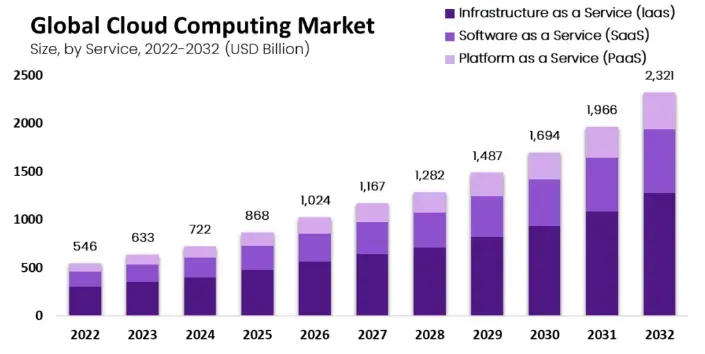In recent months, the term “DePIN,” an abbreviation for Decentralized Physical Infrastructure Networks, has swiftly captured the attention of the tech community and market investors alike. Originally introduced by Messari towards the end of 2022, DePIN has shown a remarkable trajectory in growth, with its market capitalization soaring beyond $12 billion and a year-to-date growth rate of 42%. This burgeoning interest in DePIN signals a collective anticipation for a future where decentralization and blockchain technology redefine our physical infrastructure.
Understanding the DePIN Concept
At its core, DePIN revolves around incentivizing users to deploy and share hardware devices and network resources in exchange for digital tokens. The initiative is split into two main segments: Physical Resource Networks (PRN) and Digital Resource Networks (DRN). PRNs motivate participants to set up location-based hardware to offer real-world goods and services, like Wi-Fi and geographic data, in return for token rewards. Conversely, DRNs utilize this physical network to provide crucial digital resources, including broadband and computing power, pivotal in today’s digital landscape.
The Value Proposition of DePIN
DePIN aims to reshape how we utilize and share computing and storage resources, promoting cost reduction and efficiency through a decentralized framework. This approach not only heightens security but also leverages the success of decentralized protocols to broaden the physical infrastructure of the real world. A notable aspect of DePIN’s value logic is its economic efficiency, made possible by tapping into globally idle resources like underutilized servers and GPUs. This global aggregation of resources presents a sustainable model that could significantly lower costs for end-users, reminiscent of projects like Akash that offer cloud computing resources at a fraction of the cost of traditional centralized services.

Source and Credit:- https://medium.com/@DeMan01/depin-emerges-as-a-new-trend-9e40d6afdfca
Key Challenges and Opportunities
Despite its promising outlook, DePIN faces challenges such as improving economic efficiency, lowering market entry barriers, and enhancing governance and security. However, it also offers substantial opportunities by lowering the threshold for resource providers and new projects, and by offering customized solutions across diverse regions through its decentralized nature. Moreover, DePIN’s potential in governance and security presents a compelling case against the vulnerabilities of centralized systems, advocating for a more resilient and continuous service model.
Spotlight on Representative DePIN Projects
The DePIN landscape is rich with innovative projects, each contributing to the decentralized infrastructure in unique ways. From Helium’s “network of networks” for IoT connectivity to Filecoin’s decentralized cloud storage solution, these initiatives highlight the practical applications and challenges of DePIN. Render Network’s decentralized GPU rendering service platform and Akash Network’s cost-effective cloud services further exemplify the diverse potential of DePIN in transforming traditional industries with blockchain technology.
Navigating the Future of DePIN
The future of DePIN is ripe with possibilities yet remains uncertain, contingent on market validation and the resolution of existing challenges. As the DePIN domain continues to evolve, it stands as a testament to the innovative spirit driving technological and business advancements towards a more decentralized, efficient, and democratic future. The journey of DePIN is just beginning, and its impact on the digital and physical worlds is a narrative that is still unfolding.
Flux: Revolutionizing Decentralized Computing
Flux is at the forefront of decentralized cloud infrastructure, offering a suite of services that includes decentralized computing power, blockchain-as-a-service (BaaS), and scalable dApp development platforms. By leveraging a global network of computational nodes, Flux provides developers and businesses with the necessary tools and resources to build on a truly decentralized internet. This approach not only democratizes access to cloud services but also enhances security and resilience against centralized network failures. Flux’s commitment to an open and decentralized web promises to redefine the paradigms of cloud computing and application development.
IoTX: Pioneering the Internet of Trusted Things
IoTX is an ambitious project aimed at creating a secure and scalable infrastructure for the Internet of Things (IoT), emphasizing privacy and trust. By integrating blockchain technology with IoT, IoTX enables users to connect real-world devices in a trusted environment, fostering innovation in smart devices, autonomous vehicles, and other IoT applications. This project leverages a fast, efficient, and flexible blockchain network to ensure scalability and privacy, making it a significant contributor to the DePIN landscape. IoTX’s vision of a “connected world” is rapidly becoming a reality, offering a new level of interaction between digital and physical domains.
Streamr: Empowering Real-Time Data Sharing
Streamr is uniquely positioned within the DePIN ecosystem as a platform for real-time data sharing and monetization. It enables the creation, sharing, and consumption of real-time data streams in a decentralized manner, bypassing traditional centralized data brokers. This not only ensures users’ control over their data but also opens up new avenues for data utilization and monetization without compromising privacy. Streamr’s innovative approach to real-time data management holds the potential to revolutionize industries reliant on timely data, from finance to transportation, making it a key player in the DePIN narrative.


